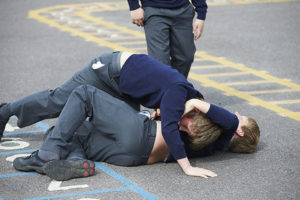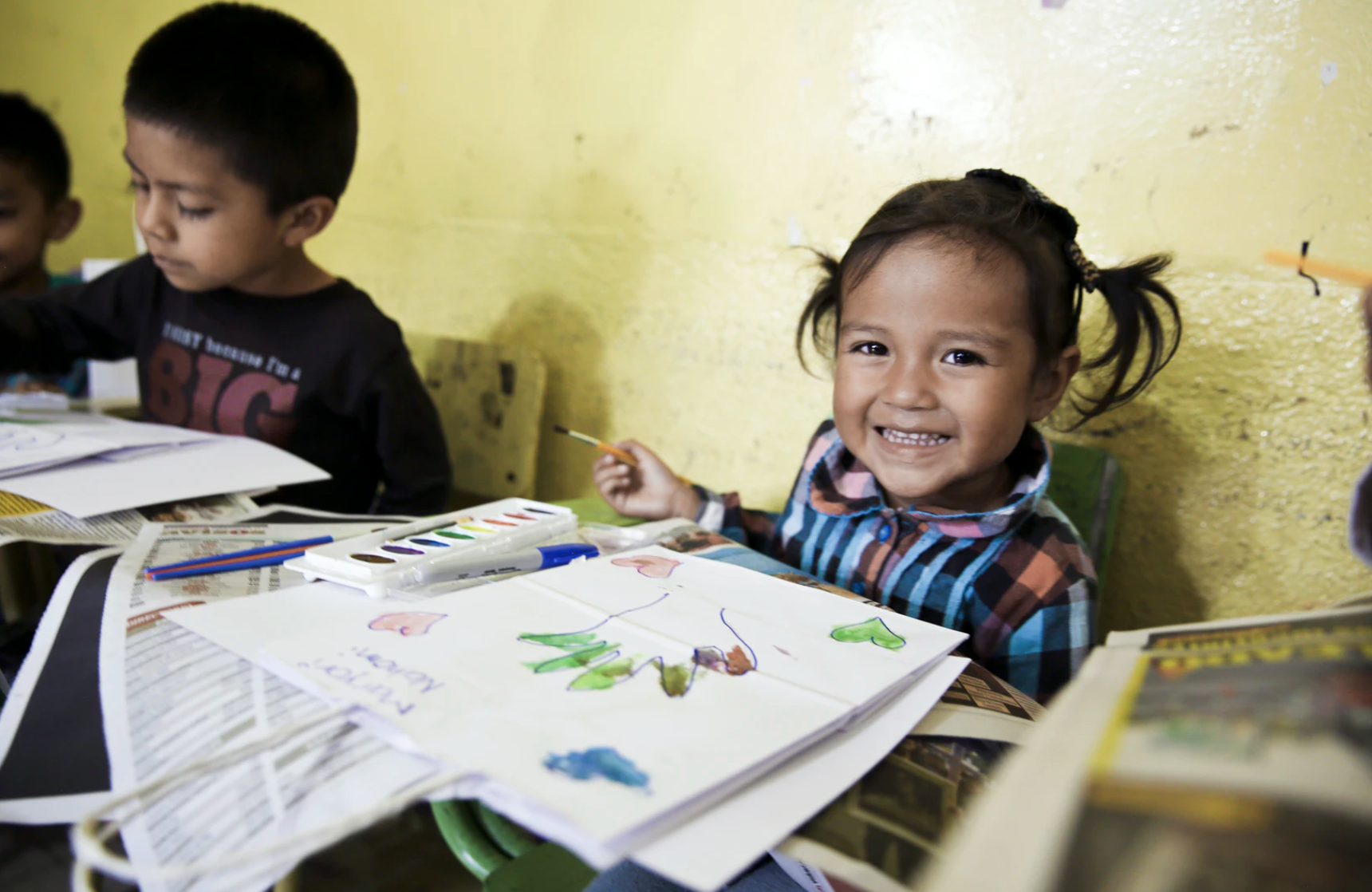We don’t have to do it all alone


The world has never been short of inspiring people singing the praises of working together and the power of community, from Nelson Mandela to Brené Brown and so many more. But one thing that isn’t often addressed is when we should start building that culture. As a preschool teacher, I’m here to bear witness to the power of cultivating community during early childhood, as soon as possible.
I’ve learned many things in my career as an educator, but one of the most important lessons is that children need to feel safe, loved, and connected. Children who feel this way are able to learn better and self-regulate better, leading to more meaningful and healthy relationships with their academic content and with their peers. Before we dive into that, sometimes we need to hear the science—this isn’t just mushy stuff. It’s real and necessary.
I once heard the brain compared to a car. The prefrontal lobe (where executive functioning happens) is the front seat. The limbic system (the emotional center) is the back seat. The brain stem (the survival center) is the trunk. If you’re in the trunk, you’re probably full of panic and fear and definitely can’t drive the car from there. If you’re in the back seat, you’re probably asking “Are we there yet?” or trying to be a back-seat driver, led by emotional stress. In the front seat, that’s where you can make a difference and get where you need to go. That’s where you need to be to access your critical thinking skills. But kids don’t always come to us in “the front seat.”
Many of our students are coming to us with traumatic experiences shaping their behaviors. They may be living in their brain stems or limbic systems, sometimes incapable of meeting the academic expectations we have put on them. We must understand this and create the safe place they need to thrive, guiding them to that “driver’s seat.”
Brains are developing most rapidly between from birth to age 5, so if we can reach students then, we can help shape the patterns of their brains and wire them for long-term emotional success.
But how do we do it?
We first create belonging.
Personally, I take a leaf from the book of Dr. Becky Bailey, founder of Conscious Discipline, and work to create a “School Family” in my classroom. Everyone belongs, is safe, and is helpful to one another. Immediately, we are getting to know each other with meaningful play. I provide multiple daily opportunities for students to give each other eye contact, smiles, and appropriate physical touch, as well as having this opportunity to connect with teaching staff. We have routines and traditions that honor our absent friends, important jobs for everyone every day that contribute to the well-being of our class as a whole, and intentional activities that help us develop empathy for one another. These activities are on my lesson plan, just like academic content, but so many of them are already a part of the fabric of our classroom. A volunteer in my class once told me, “I don’t know what the kindergarten teacher is going to need to teach these kids, they are so well behaved!” I replied, “They aren’t well behaved, they are well connected, and so very well loved.”
My students are eager to help me, to help our community, and to help each other. They take these skills with them—they become a part of their makeup as a person and help them become people who have gifts for forging community in their later lives. Like Brené Brown said, “We don’t have to do it all alone. We were never meant to.”
To read more about Conscious Discipline, visit their website: https://consciousdiscipline.com/
—
Tabatha Rosproy was an excellent student – so eager to learn, that in fact, she asked to go to summer school. As a child, regular classwork wasn’t enough, and teachers worked to give her additional enrichment activities to keep her engaged.
Those activities, including stepping in as temporary substitute when the teacher had to leave the room, were her first taste of what it was like to be a teacher and set her on a path that decades later lead to the honor of being named 2020 National Teacher of the Year.
To read more about Tabatha, follow this link: https://ntoy.ccsso.org/tabatha-rosproy/